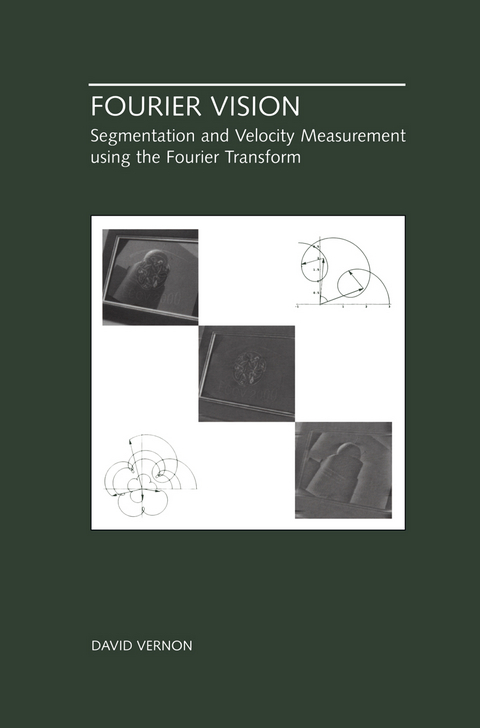
Fourier Vision
Springer-Verlag New York Inc.
978-1-4613-5541-0 (ISBN)
Fourier Vision will be of value to researchers in image processing & computer vision and, especially, to those who have to deal with superimposed transparent or translucent objects. Researchers in application areas such as medical imaging and acoustic signal processing will also find this of interest.
1. Introduction.- 1. Computer Vision.- 2. Overview of the Fourier Vision Approach.- 3. Camera Configurations.- 4. Scope of the Book.- 2. Mathematical Preliminaries.- 1. The 2-D Fourier Transform.- 2. The Hough Transform.- 3. Monocular Vision — Segmentation in Additive Images.- 1. Overview.- 2. The Segmentation Problem.- 3. The Fourier Model of Segmentation.- 4. Application of the Technique.- 5. Conclusion.- 4. Monocular Vision — Segmentation in Occluding Images.- 1. Overview.- 2. Figure-Ground Segmentation of Occluding Translating Objects.- 3. Application of the Technique.- 4. Image Complexity.- 5. Outstanding Issues.- 6. A Sample of Motion/Stereo Segmentation Techniques.- 5. Articulated Binocular Vision.- 1. Motivation.- 2. Overview.- 3. Theoretical Framework.- 6. Fronto-Parallel Binocular Vision.- 1. Formulation of the Problem.- 2. The Computational Model.- 3. Application of the Technique.- 4. Caveat.- 7. Instantaneous Optical Flow.- 1. Motivation.- 2. Velocity from Phase Change.- 3. Examples.- 4. Discussion.- 5. Conclusions.- 6. Postscript: Other Approaches.- 8. Decoupled Optical Flow.- 1. The Problem of Non-Unique Multiple Local Velocities.- 2. Algorithm.- 3. Examples.- 4. Conclusion.- 9. Epilogue.- References.
| Reihe/Serie | The Springer International Series in Engineering and Computer Science ; 623 |
|---|---|
| Zusatzinfo | X, 195 p. |
| Verlagsort | New York, NY |
| Sprache | englisch |
| Maße | 155 x 235 mm |
| Themenwelt | Informatik ► Grafik / Design ► Digitale Bildverarbeitung |
| Informatik ► Theorie / Studium ► Künstliche Intelligenz / Robotik | |
| Medizinische Fachgebiete ► Radiologie / Bildgebende Verfahren ► Radiologie | |
| Technik ► Elektrotechnik / Energietechnik | |
| ISBN-10 | 1-4613-5541-9 / 1461355419 |
| ISBN-13 | 978-1-4613-5541-0 / 9781461355410 |
| Zustand | Neuware |
| Haben Sie eine Frage zum Produkt? |
aus dem Bereich


